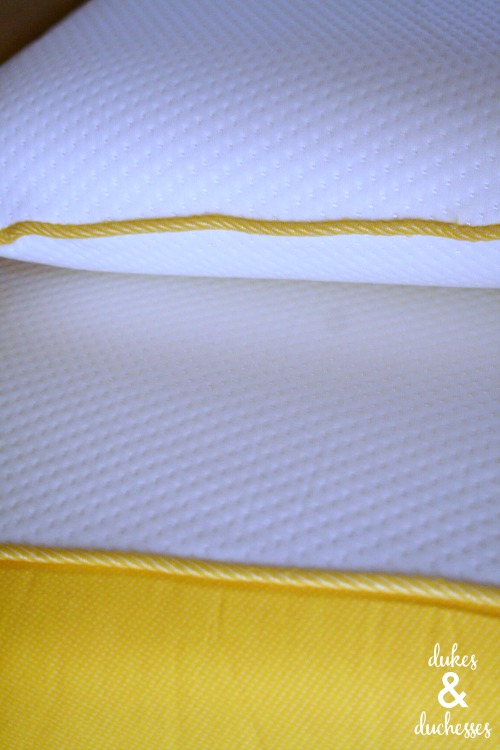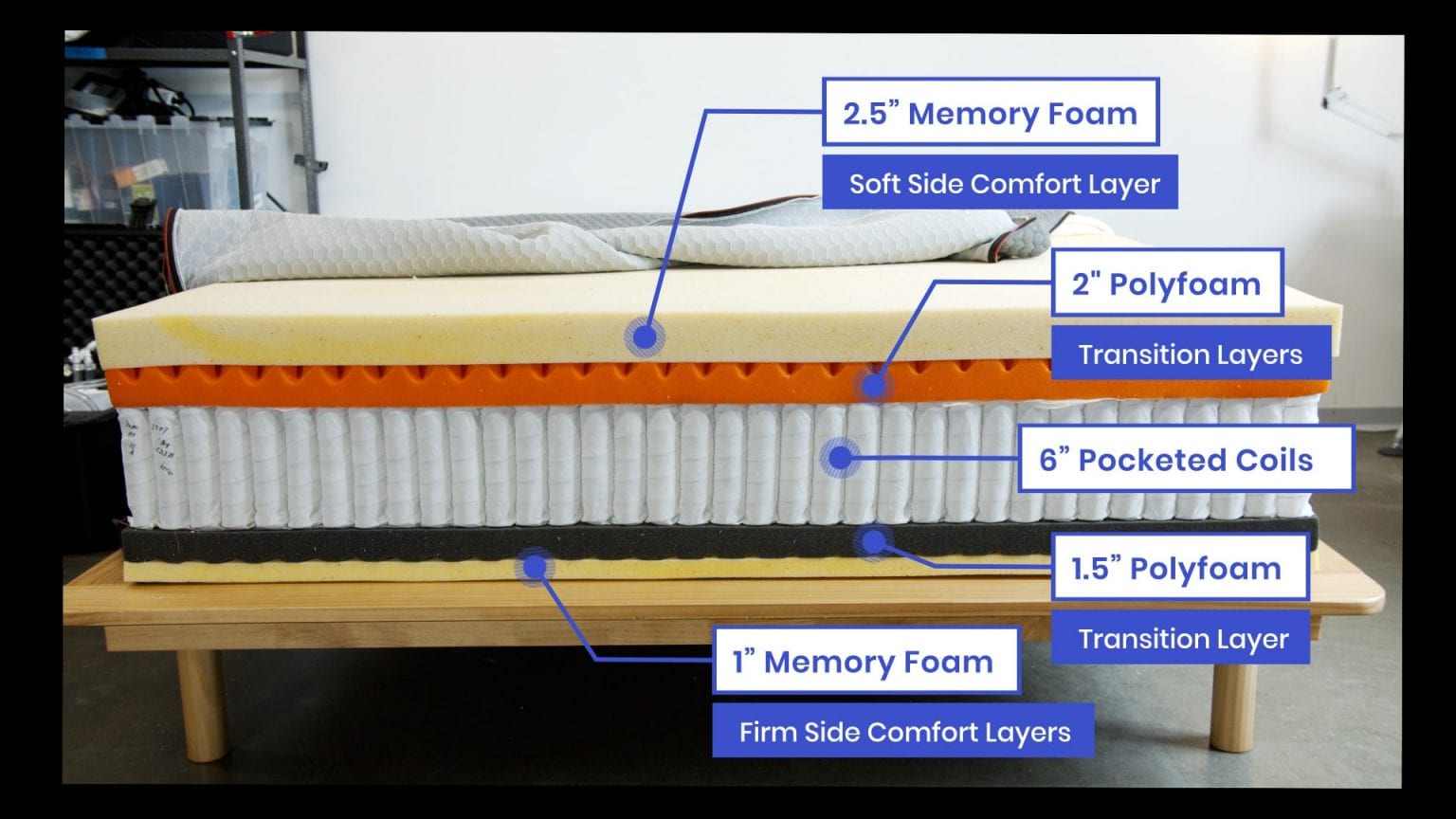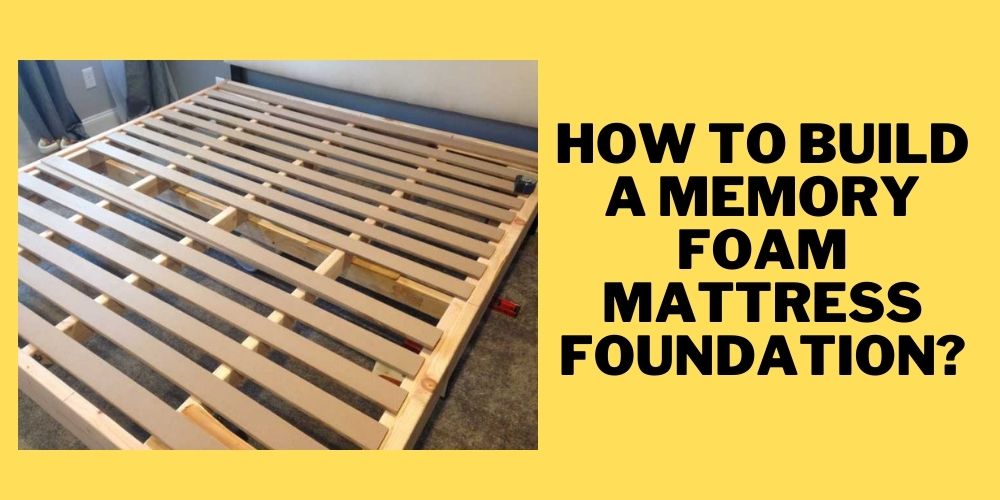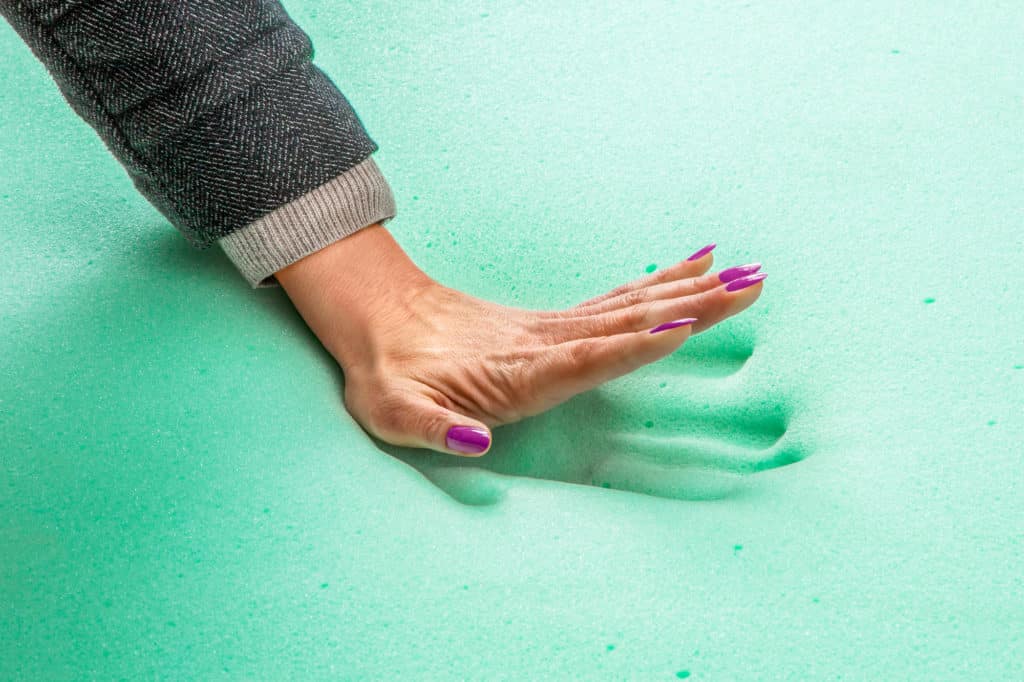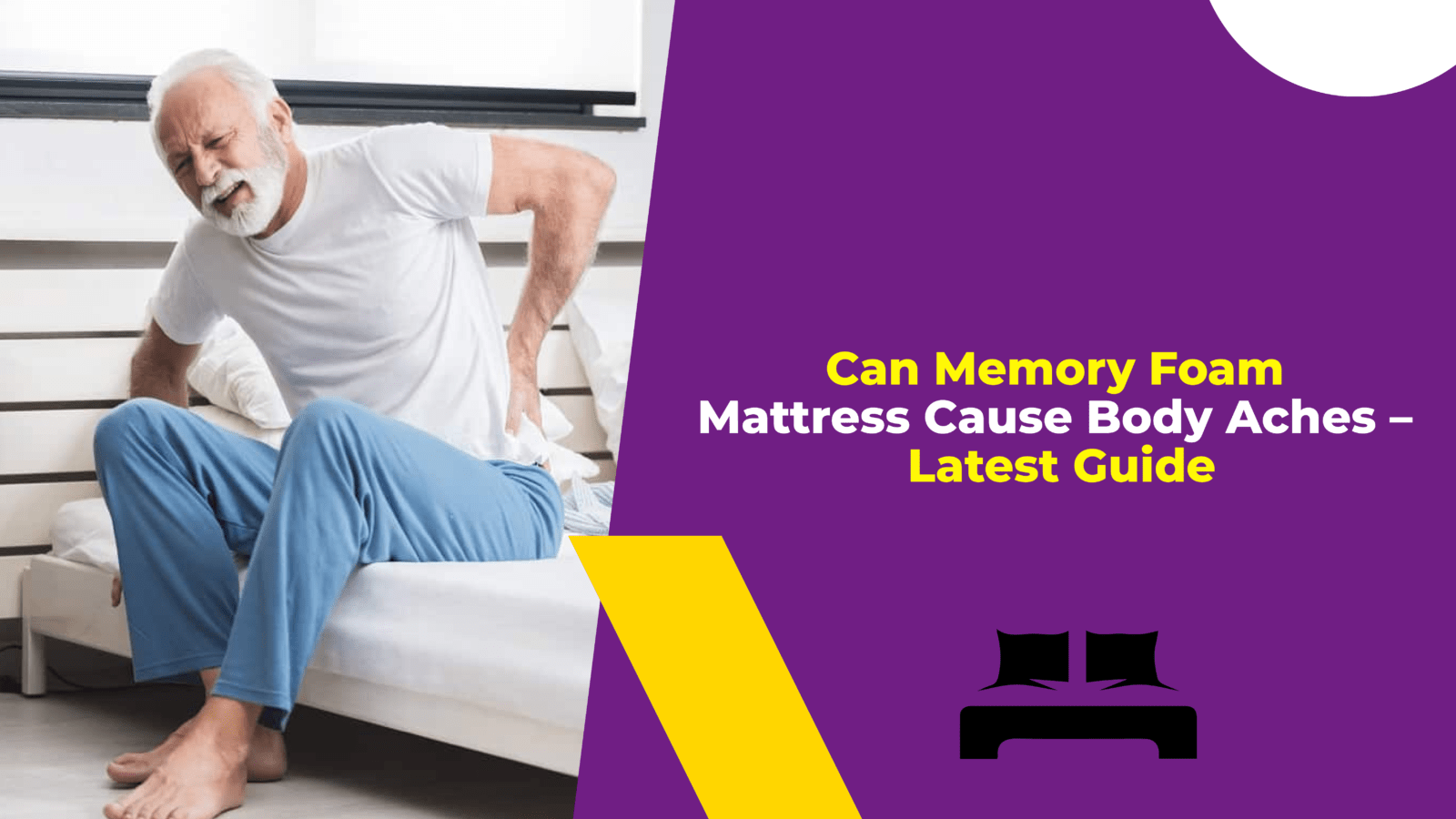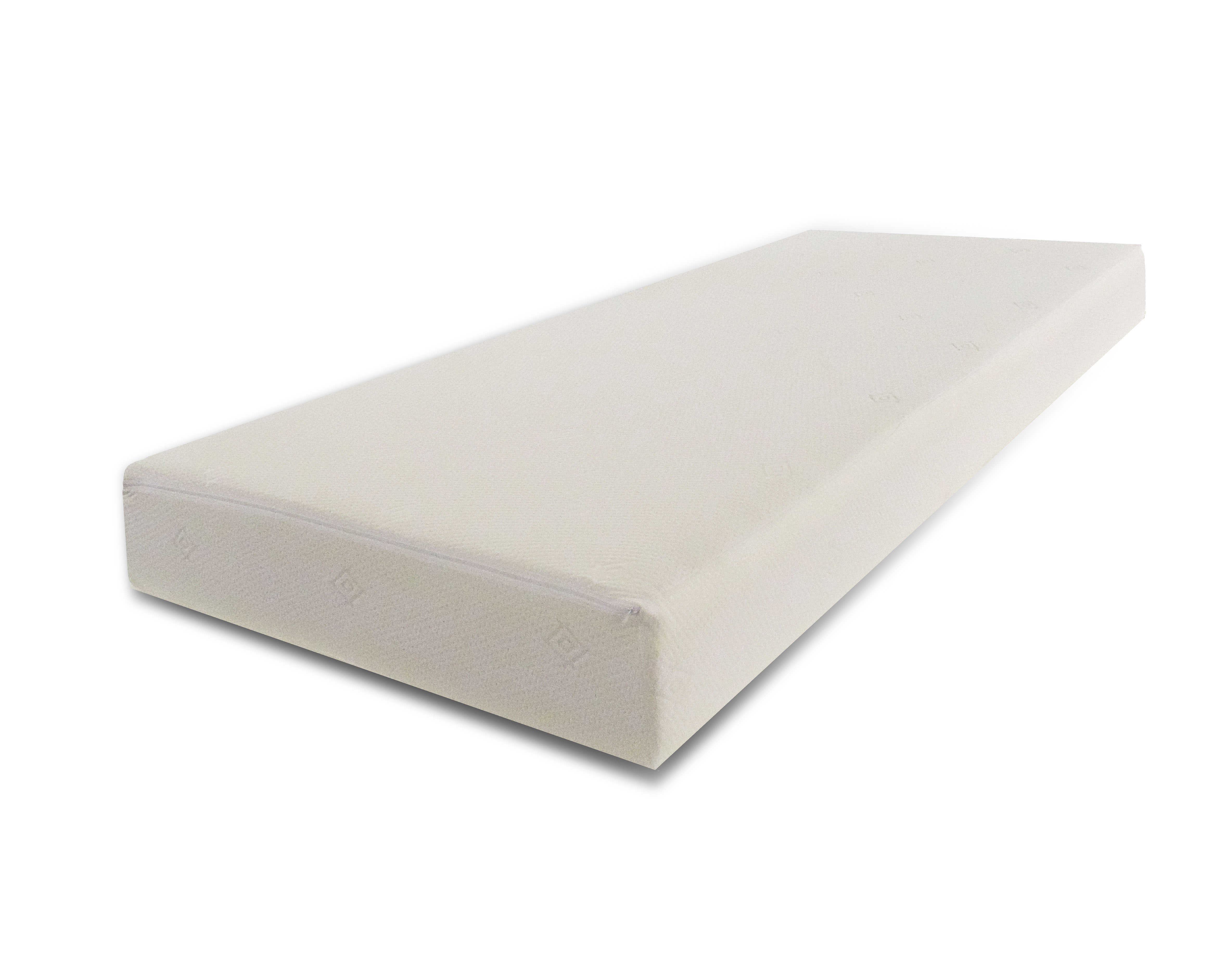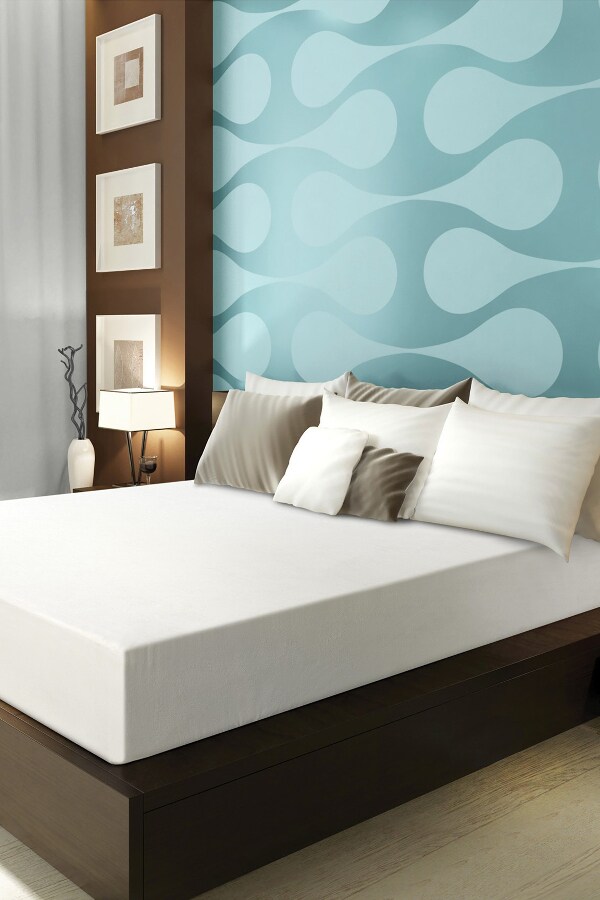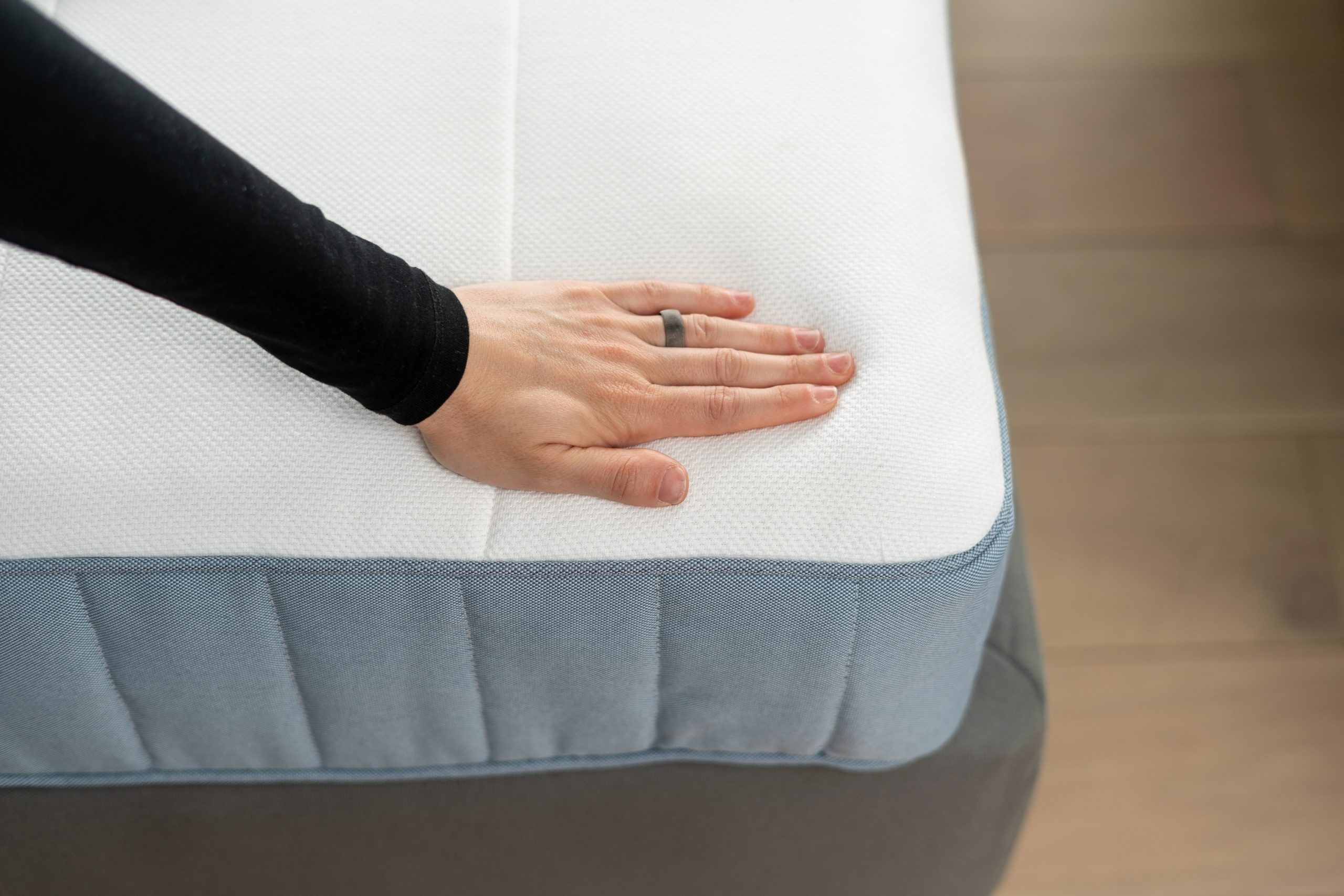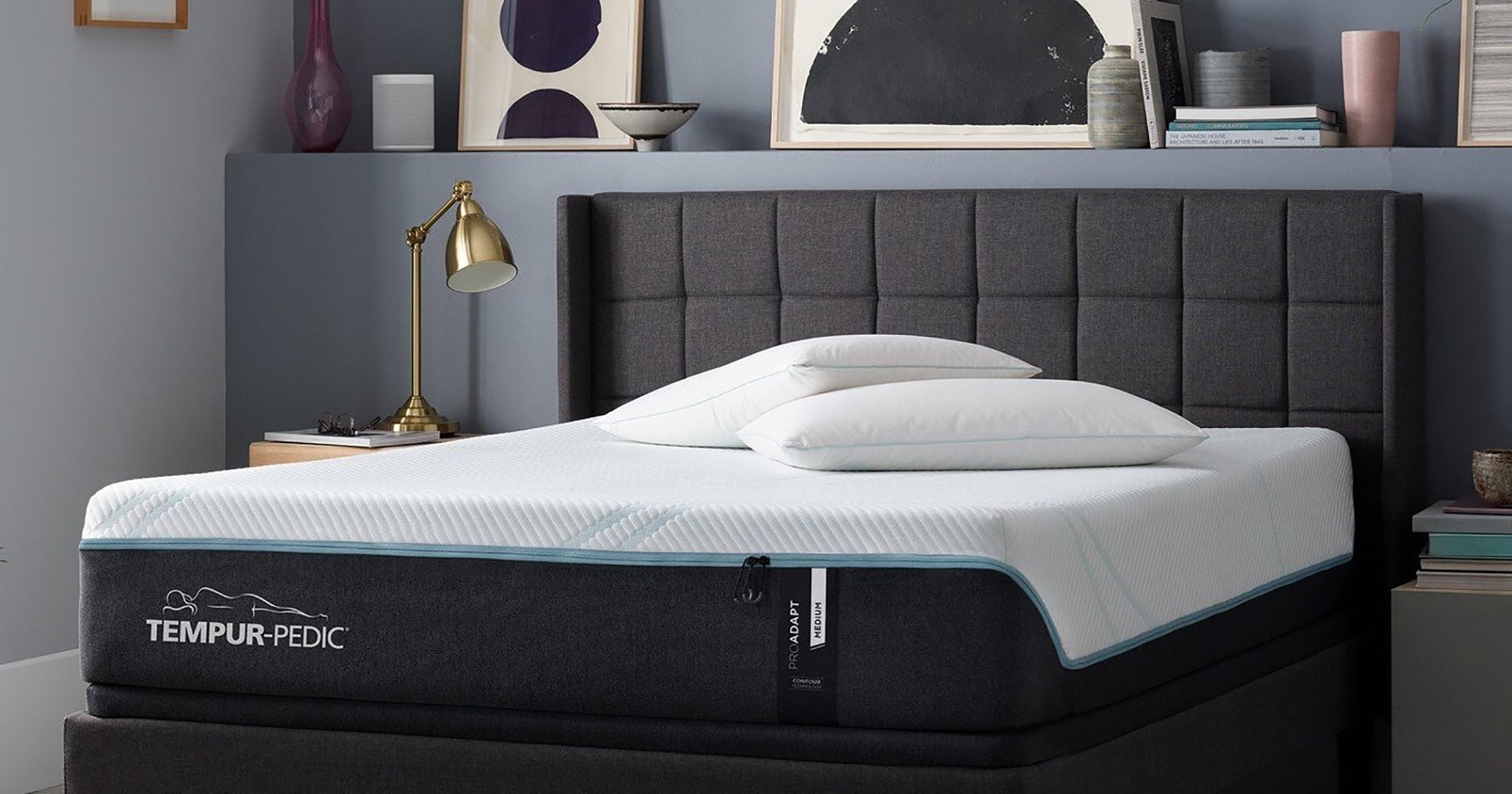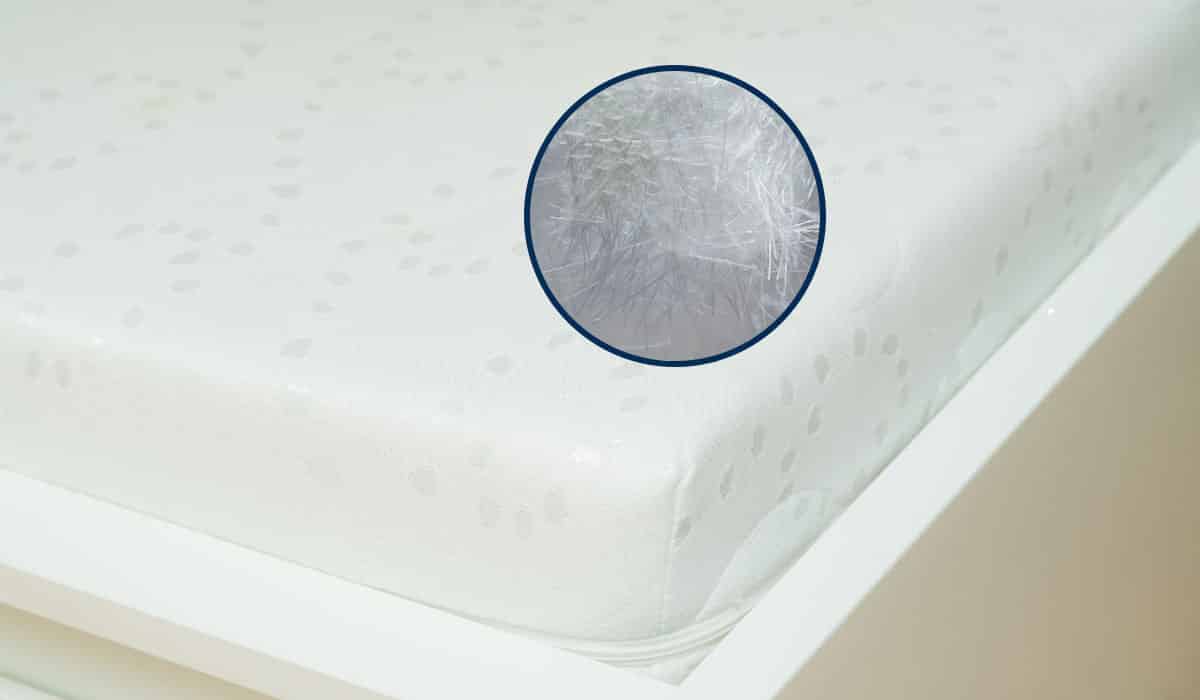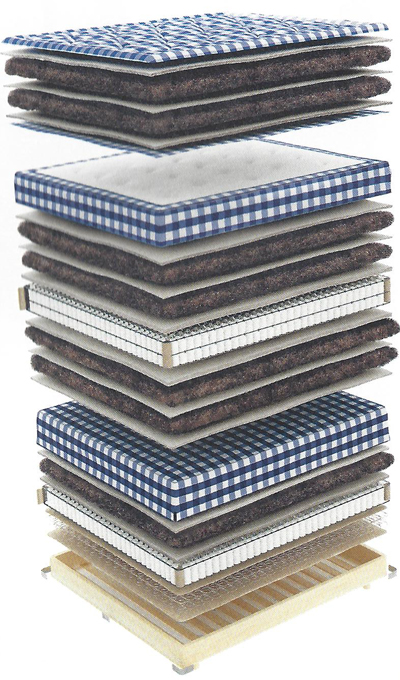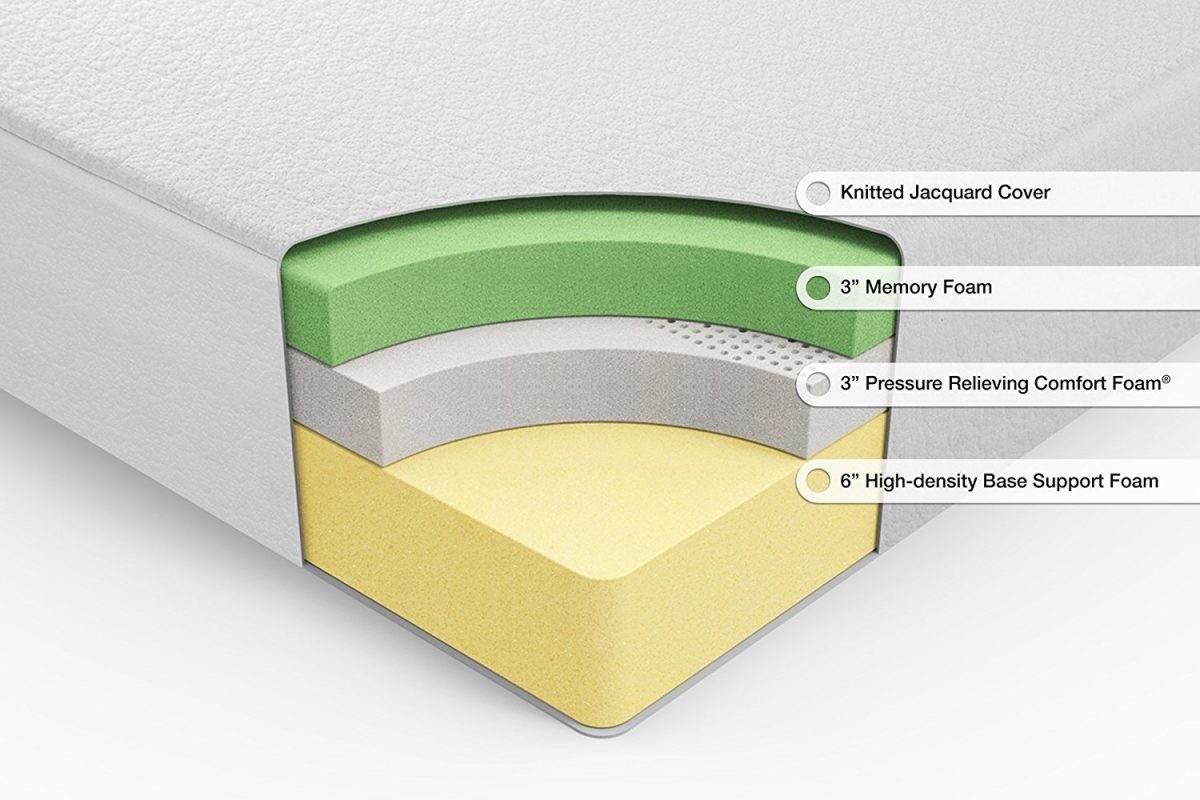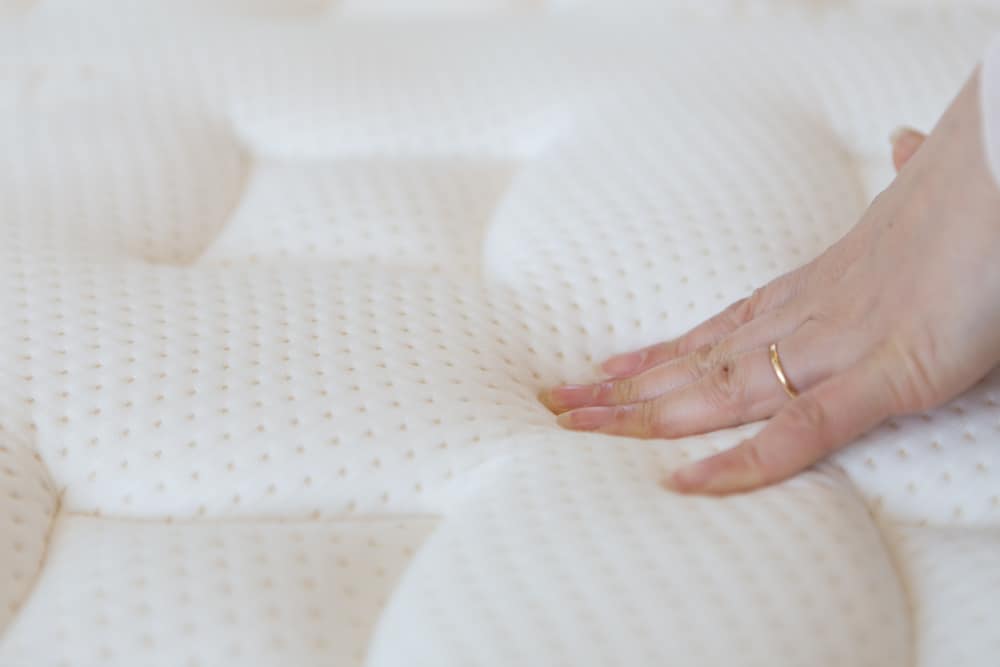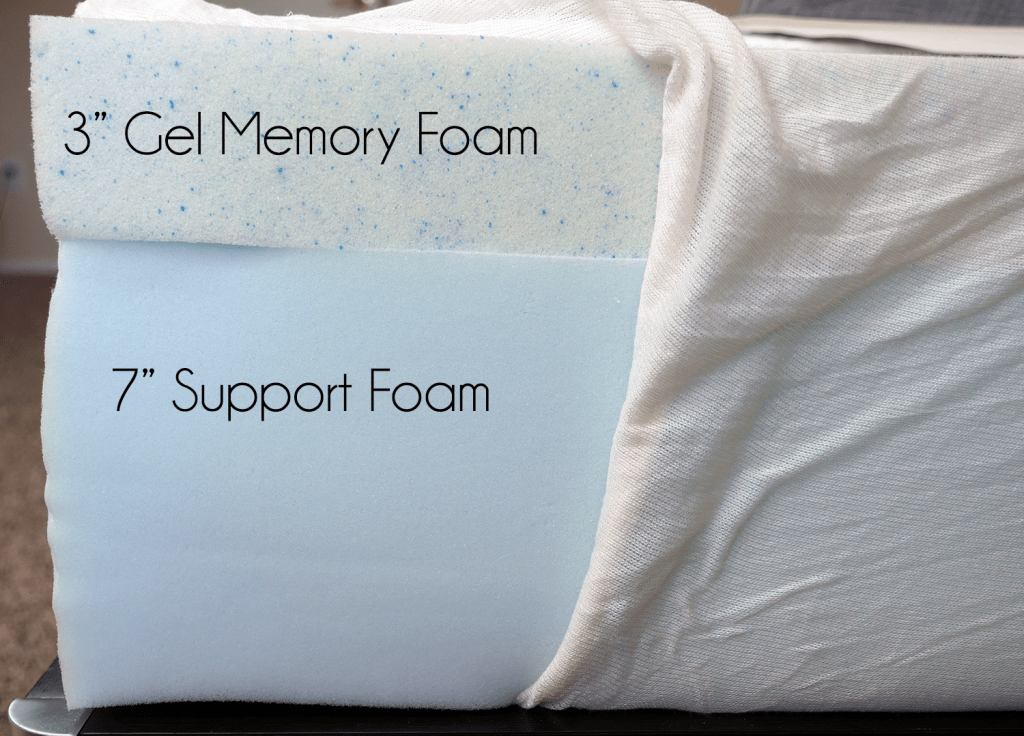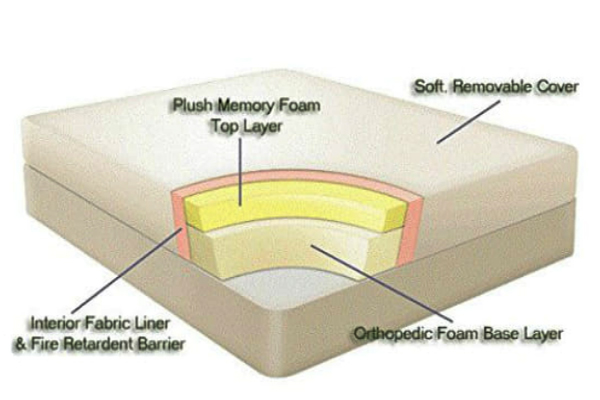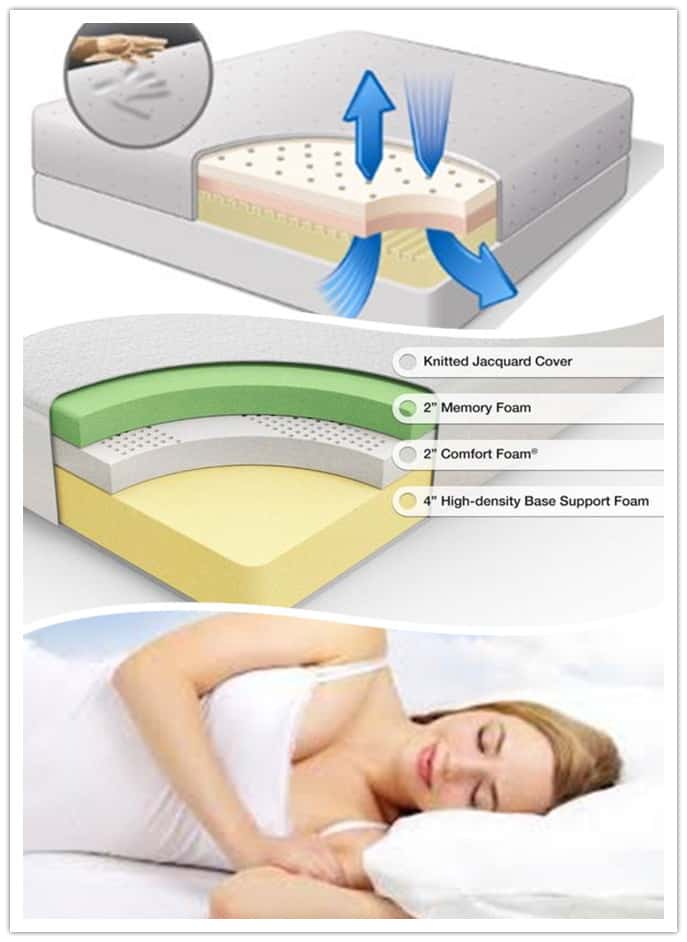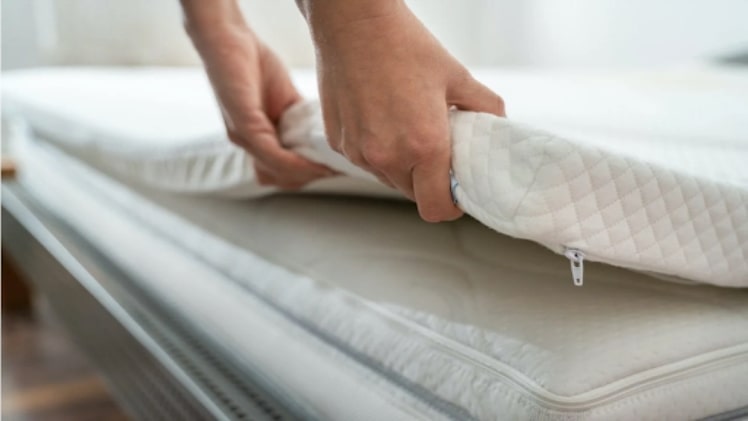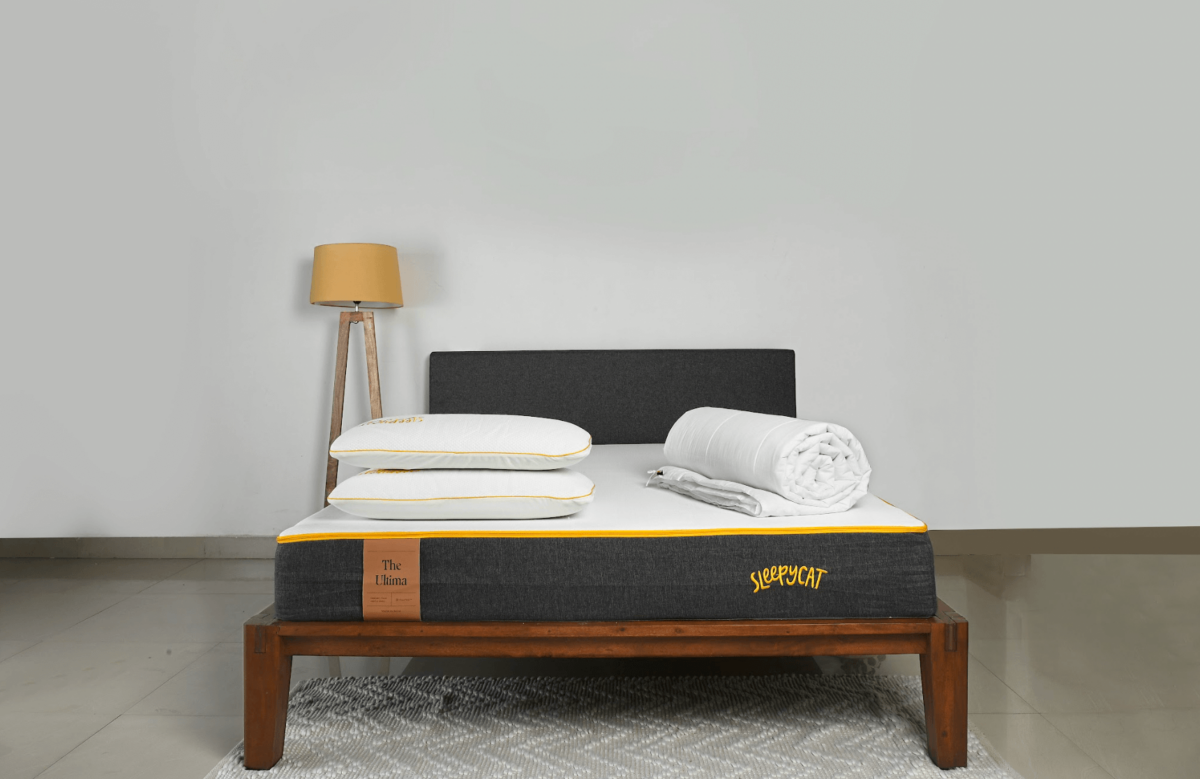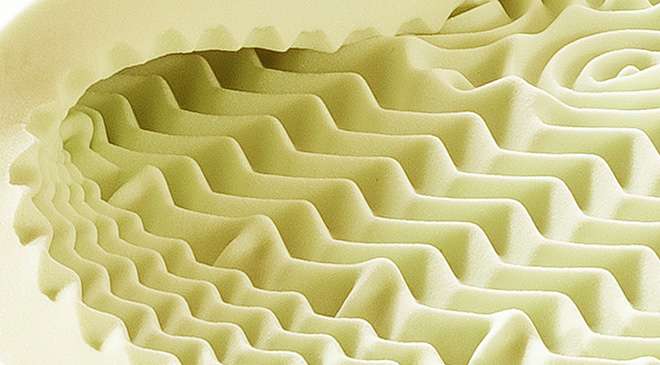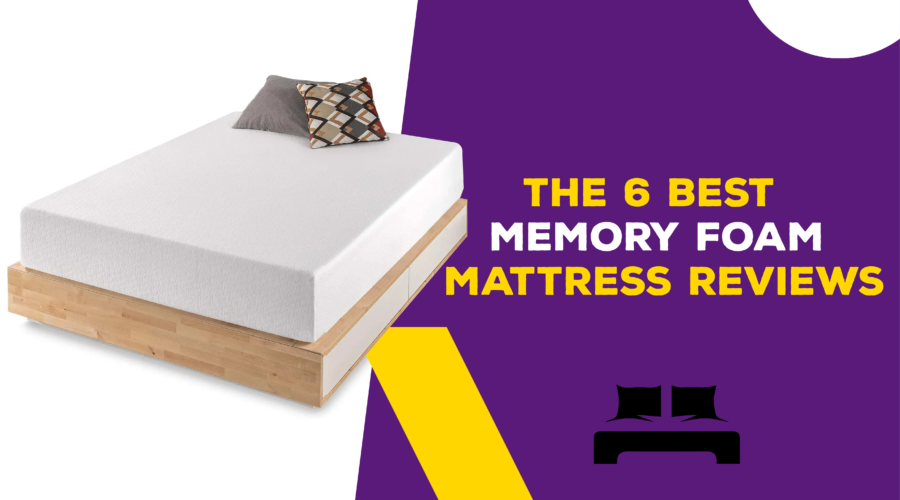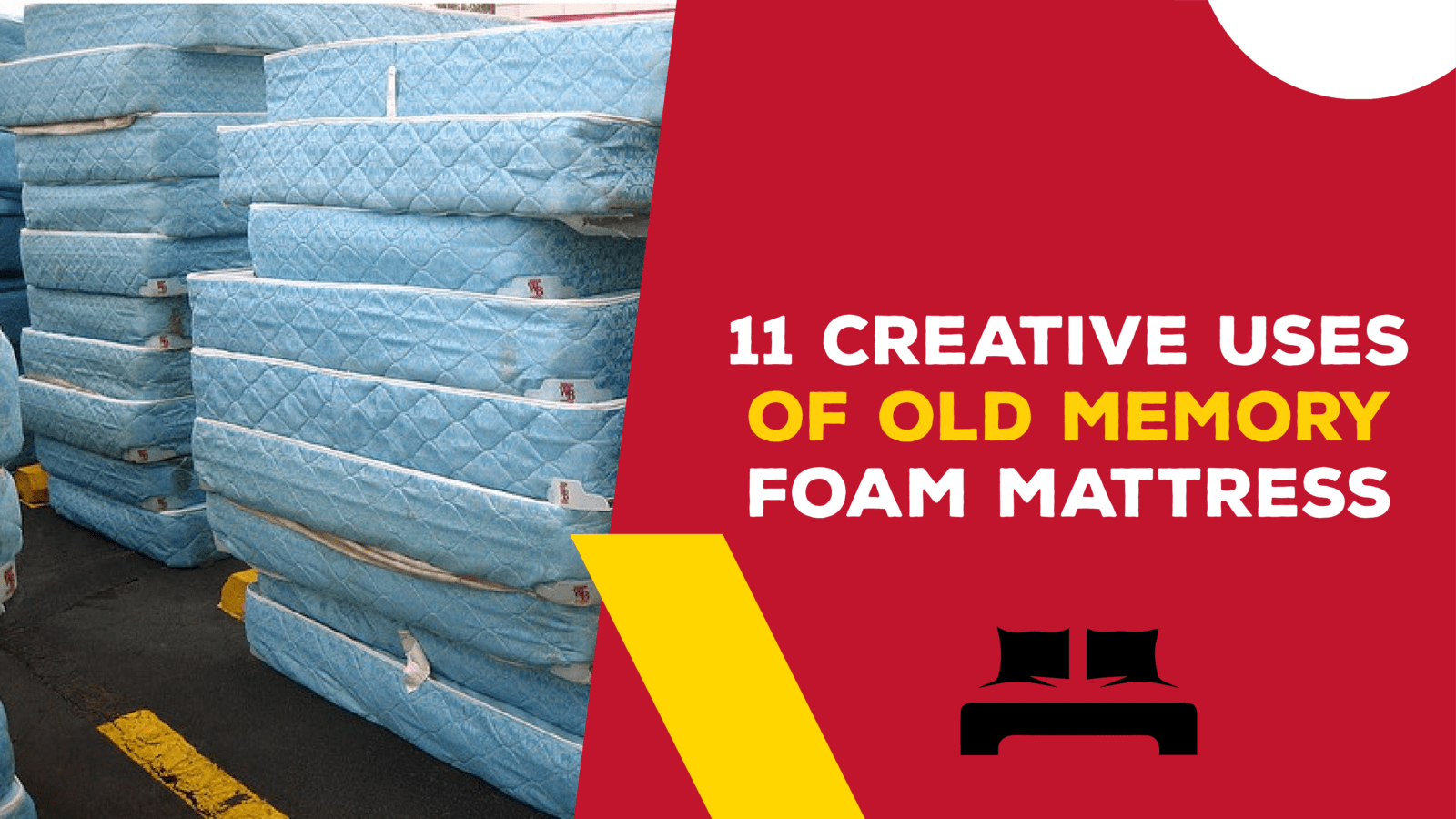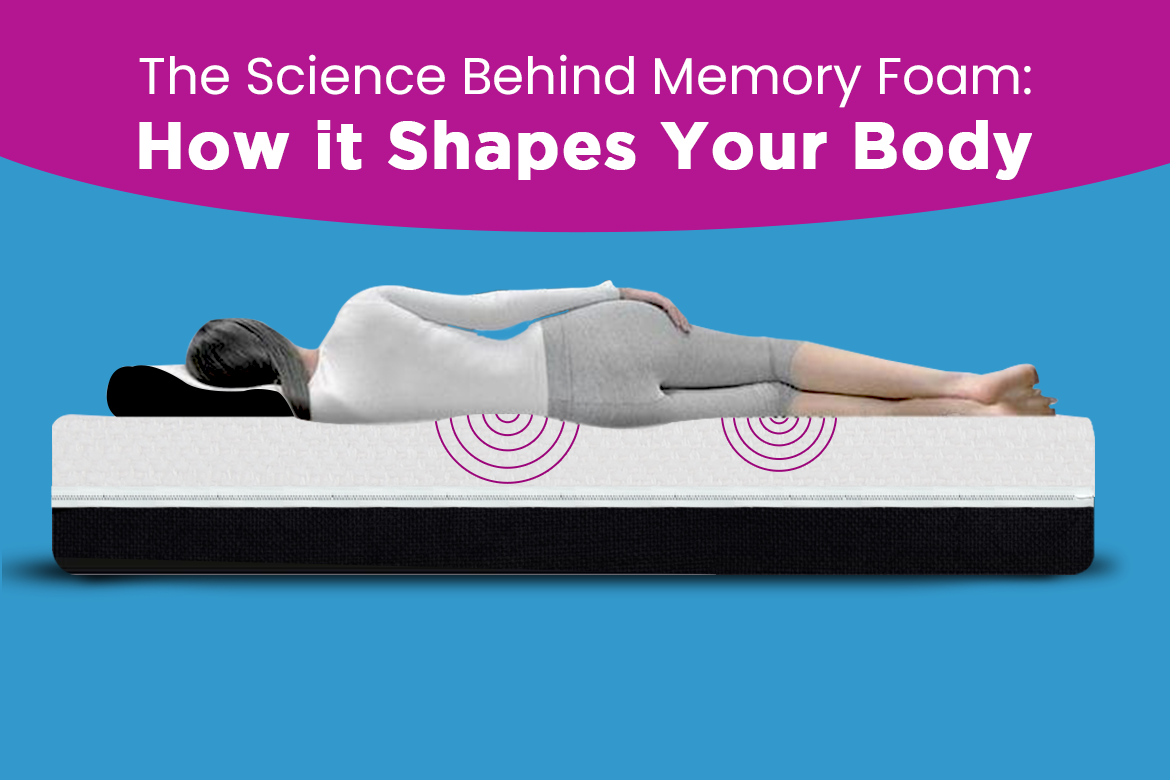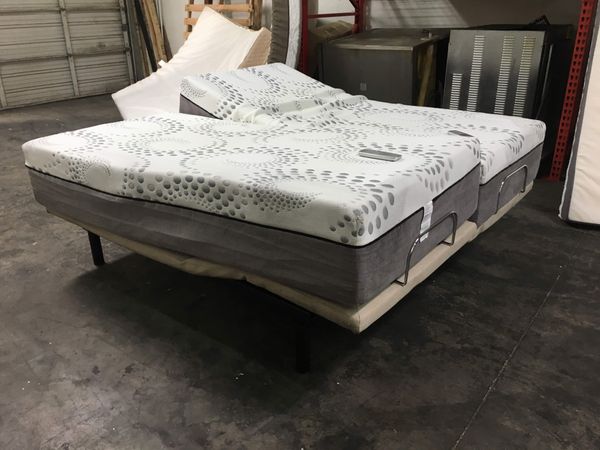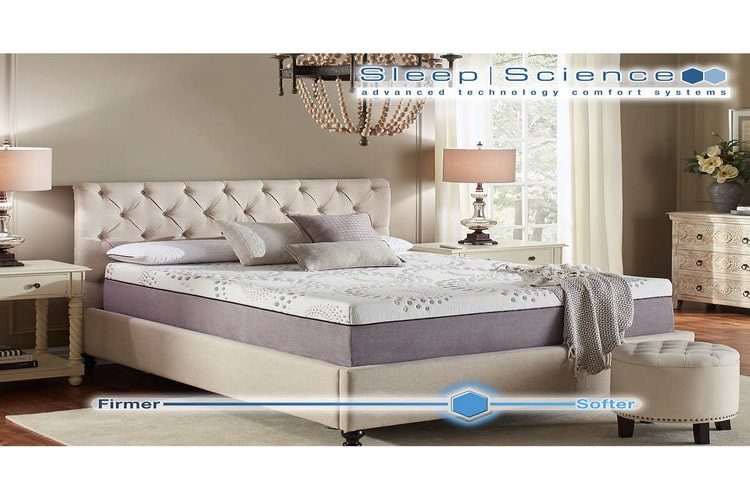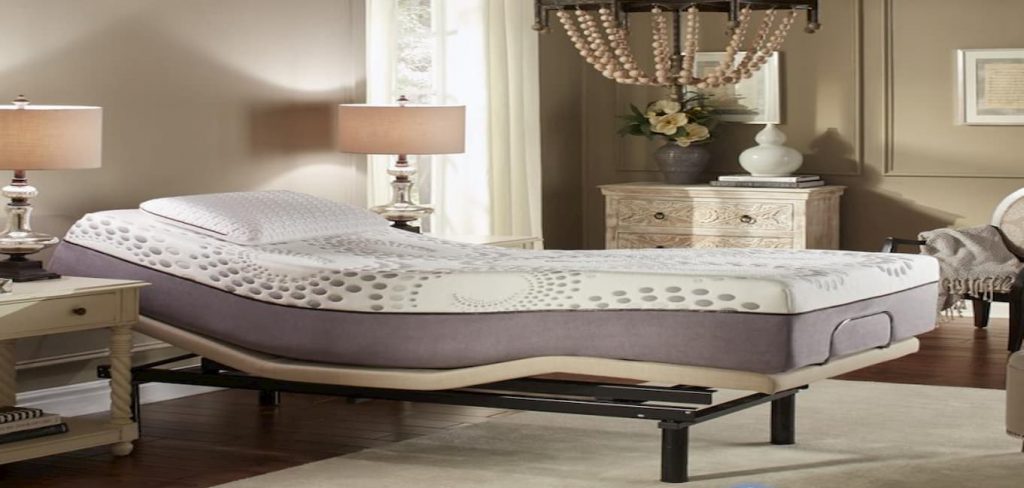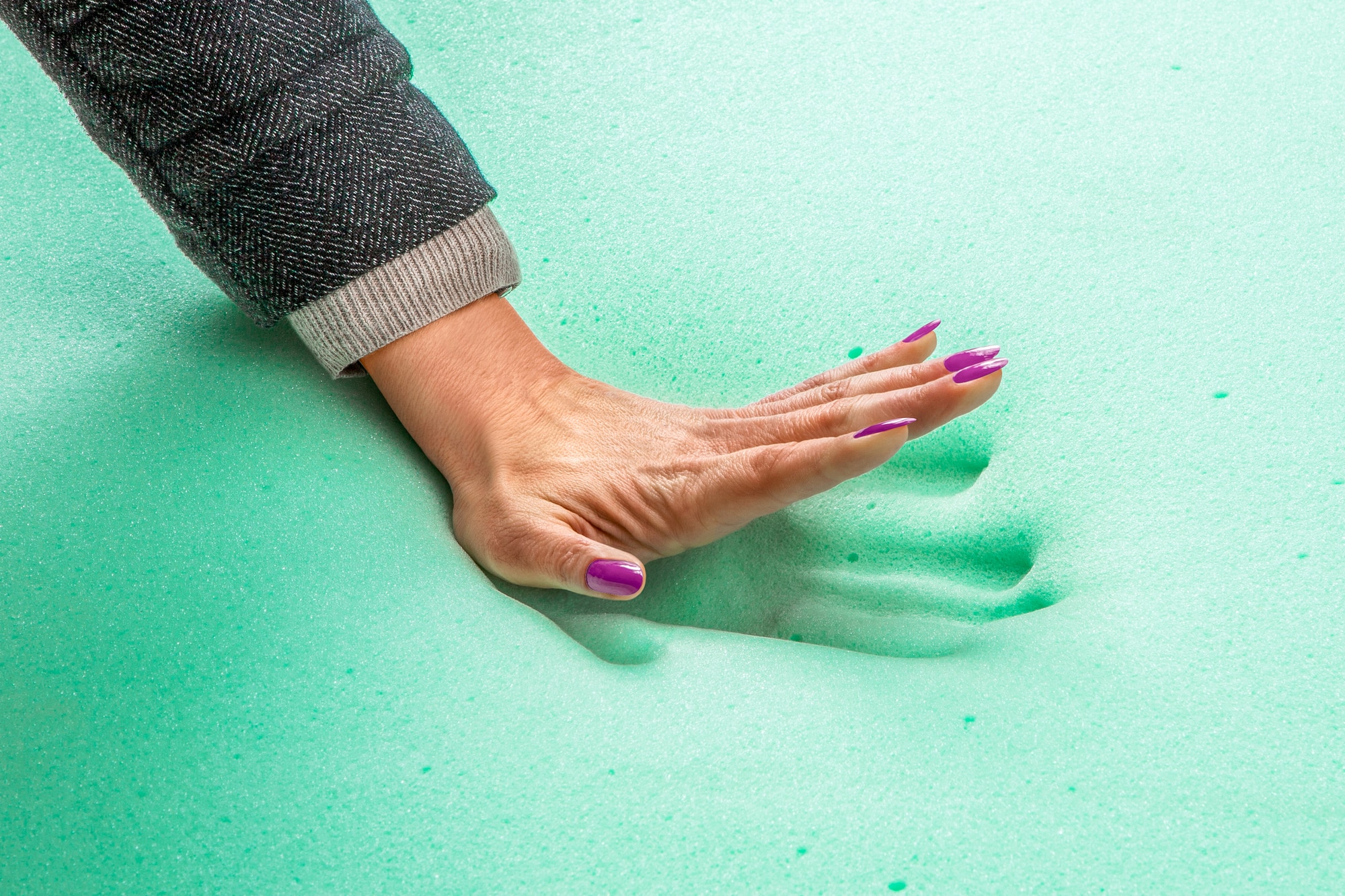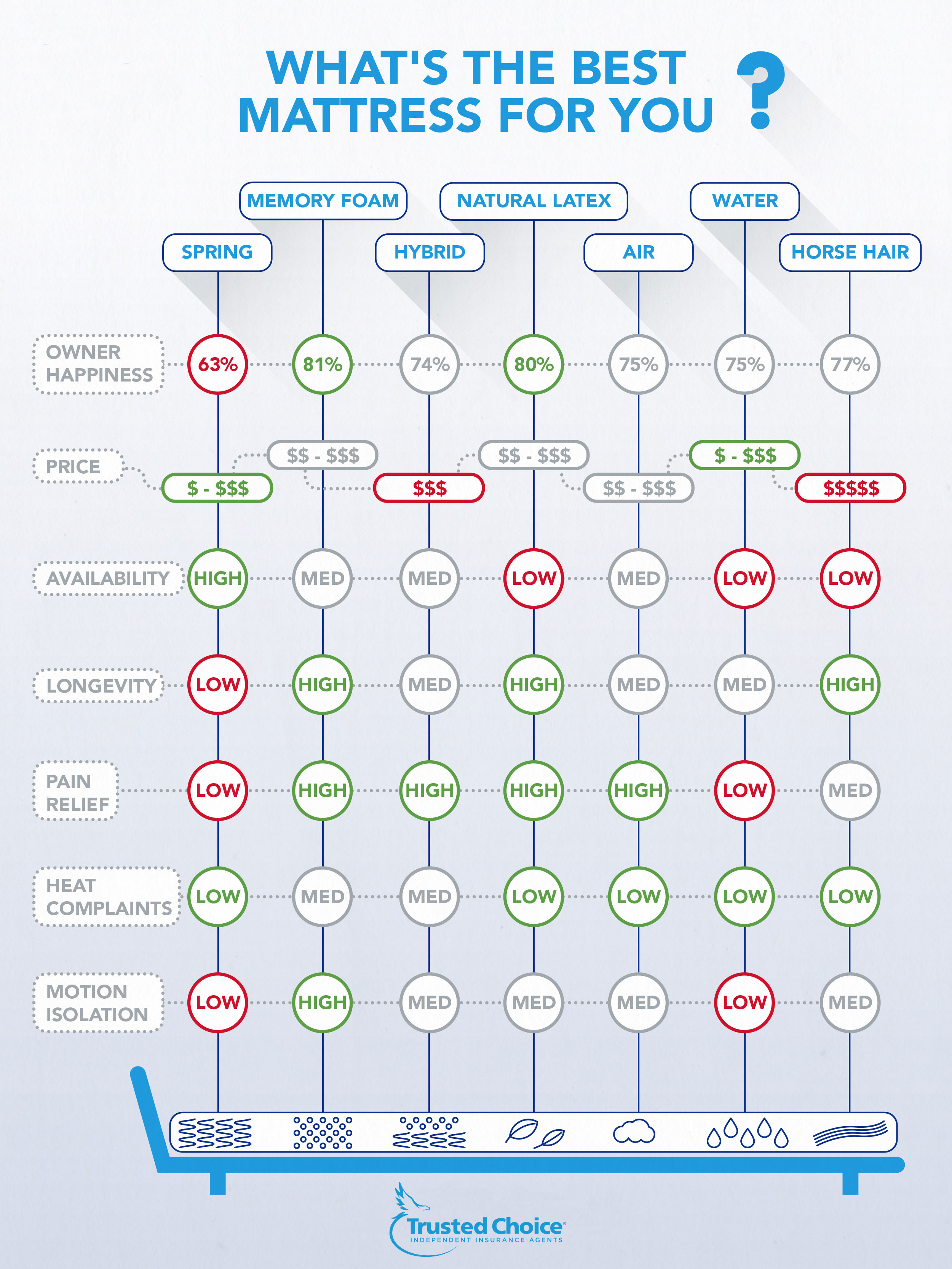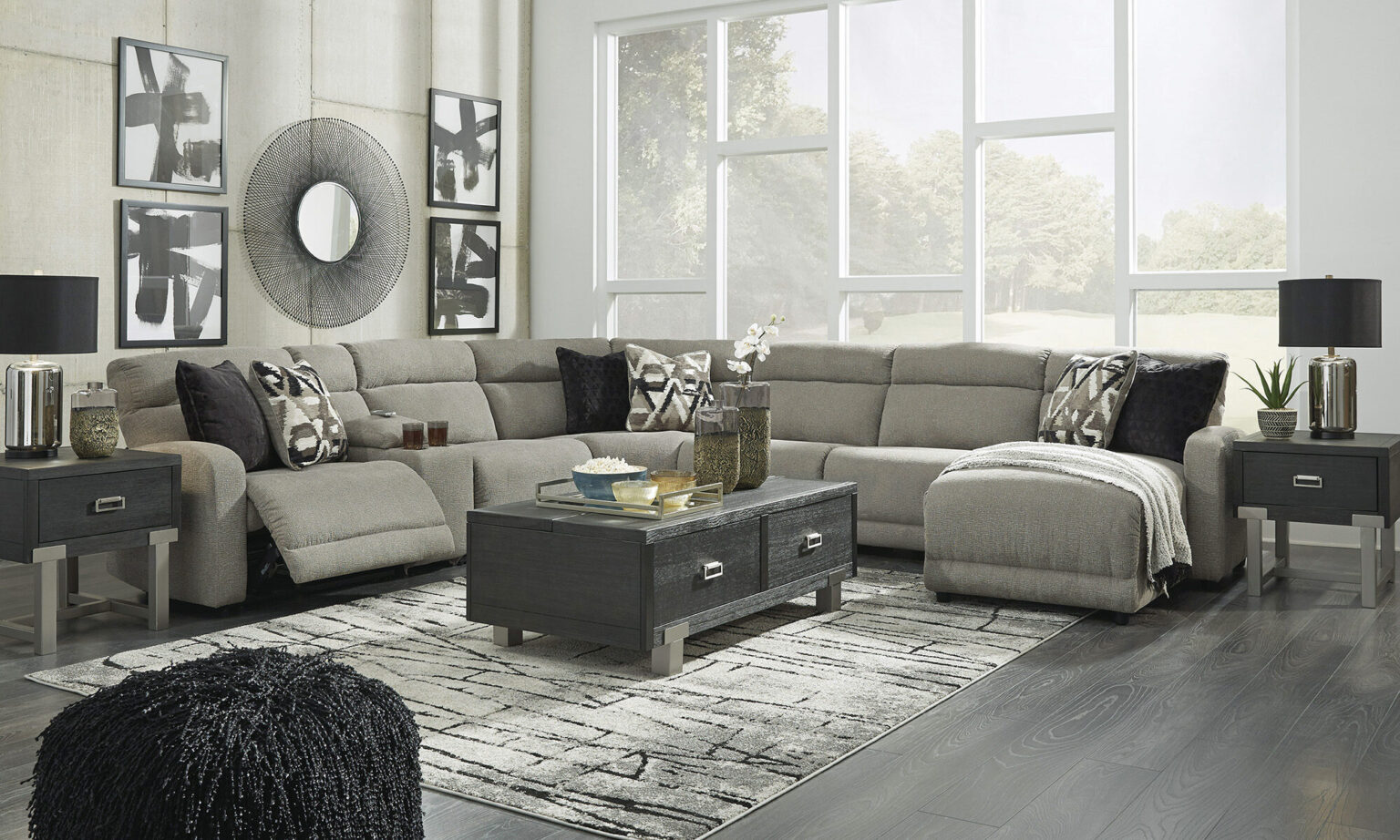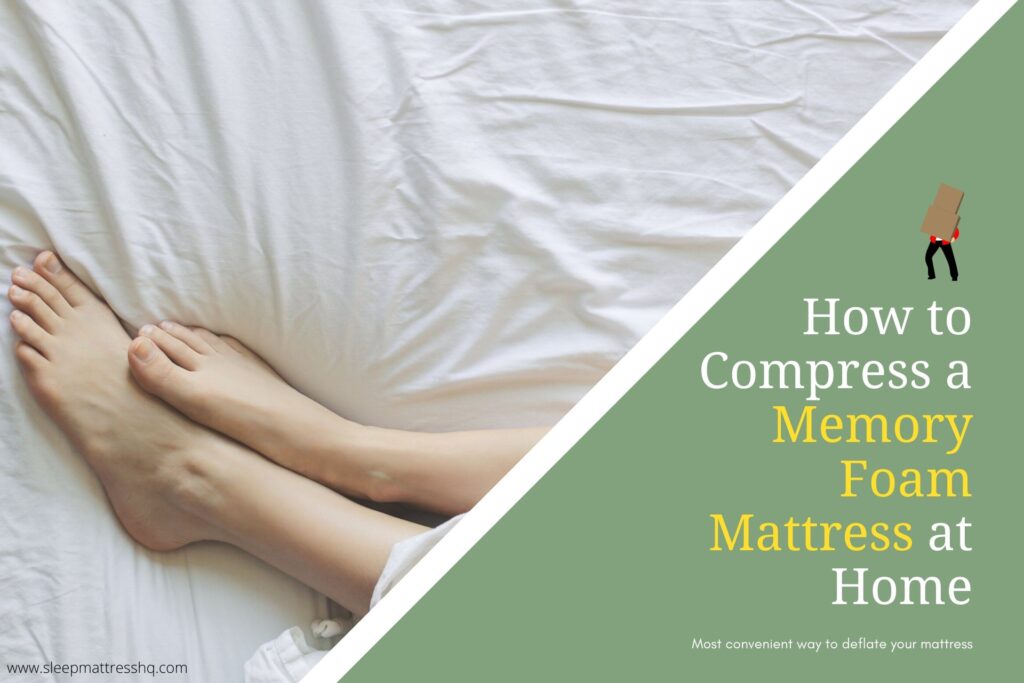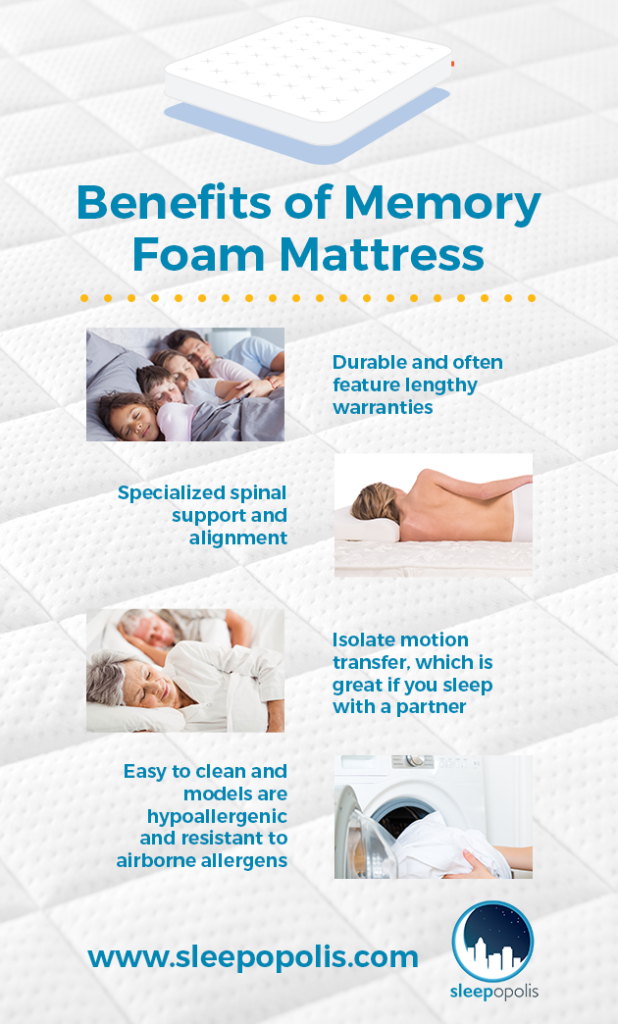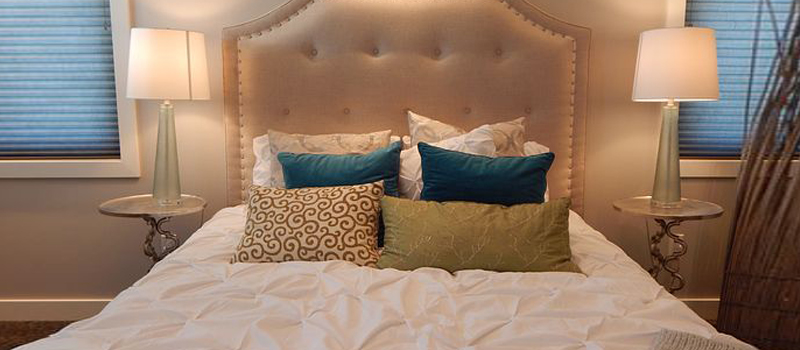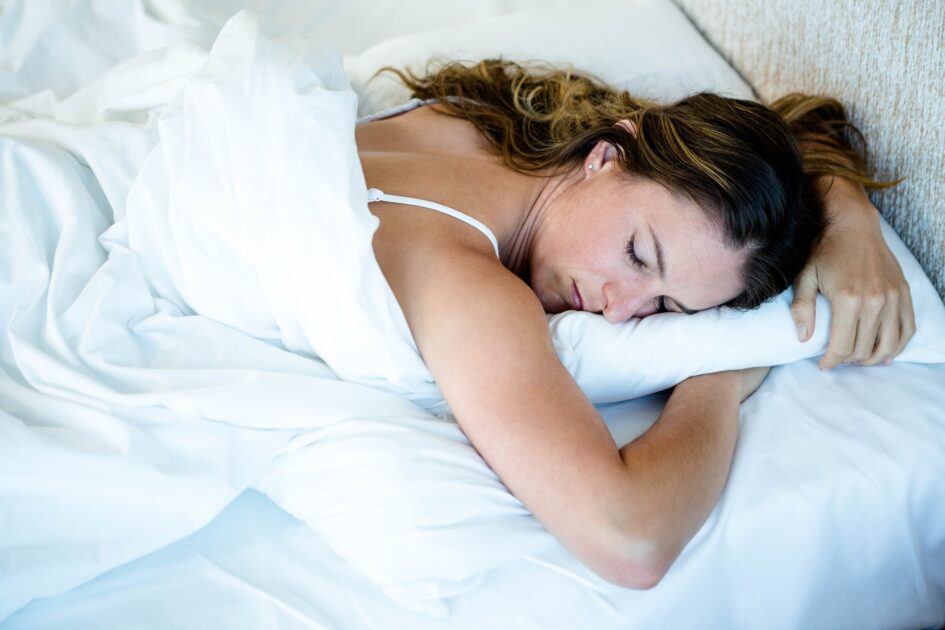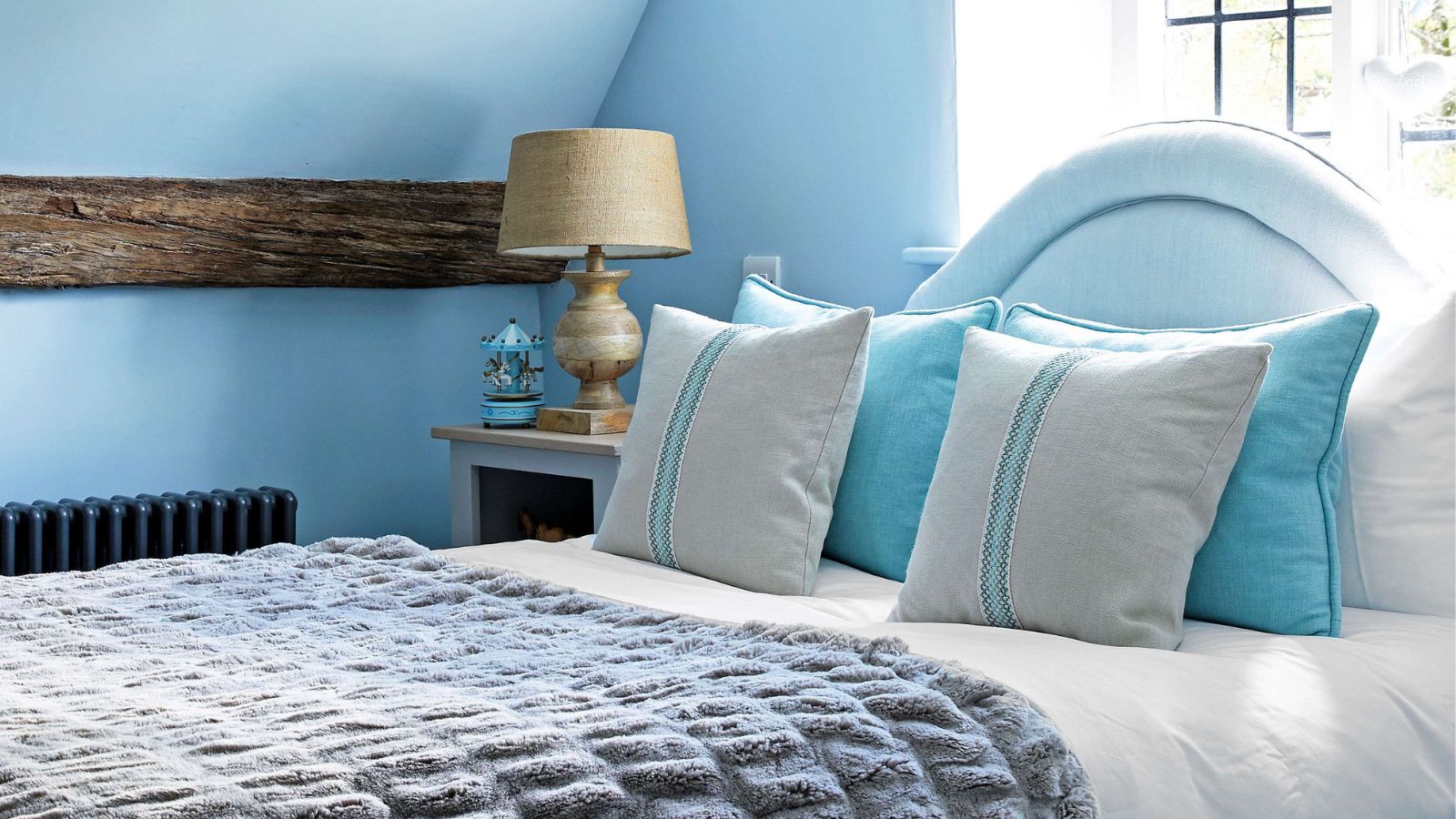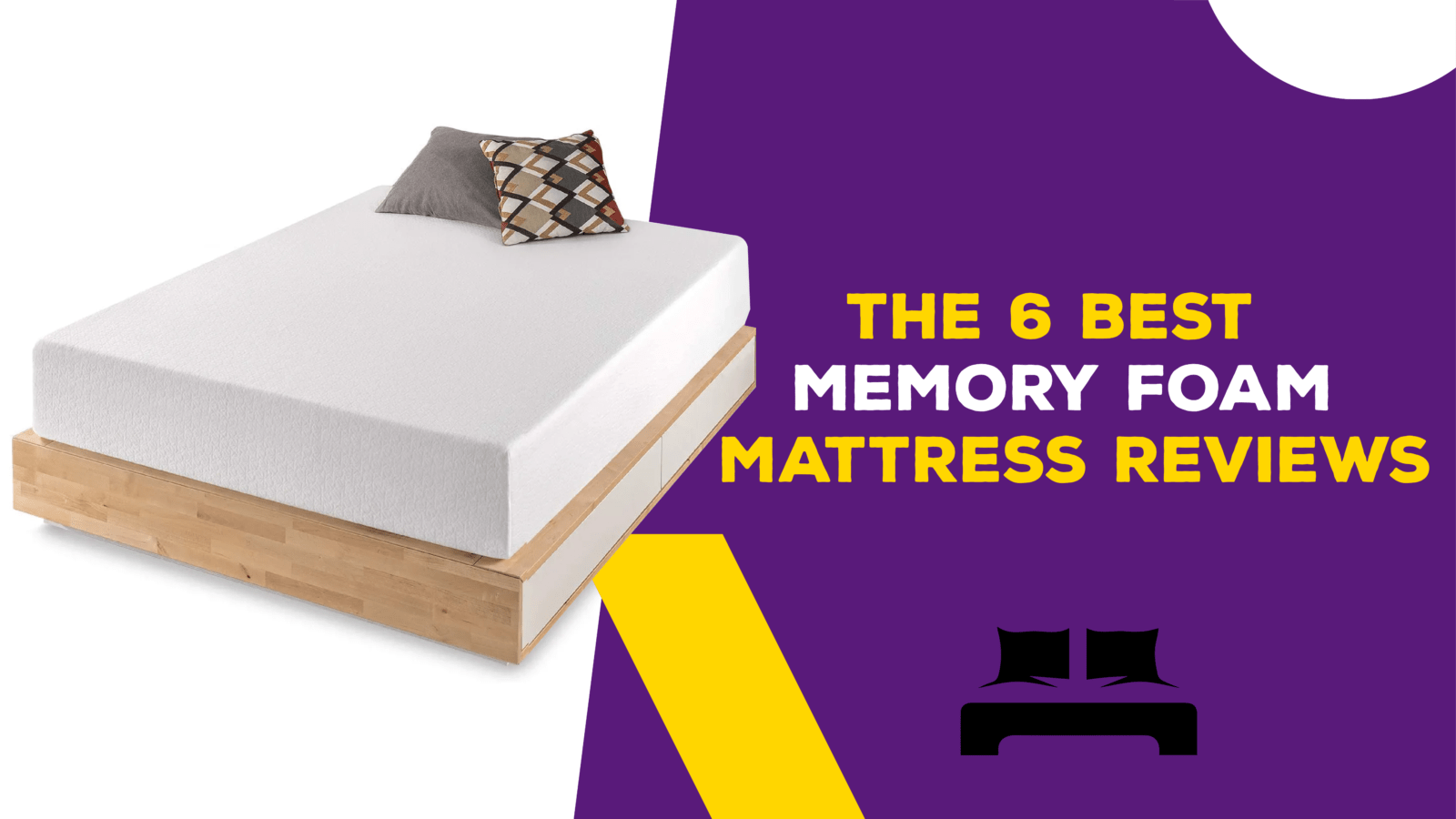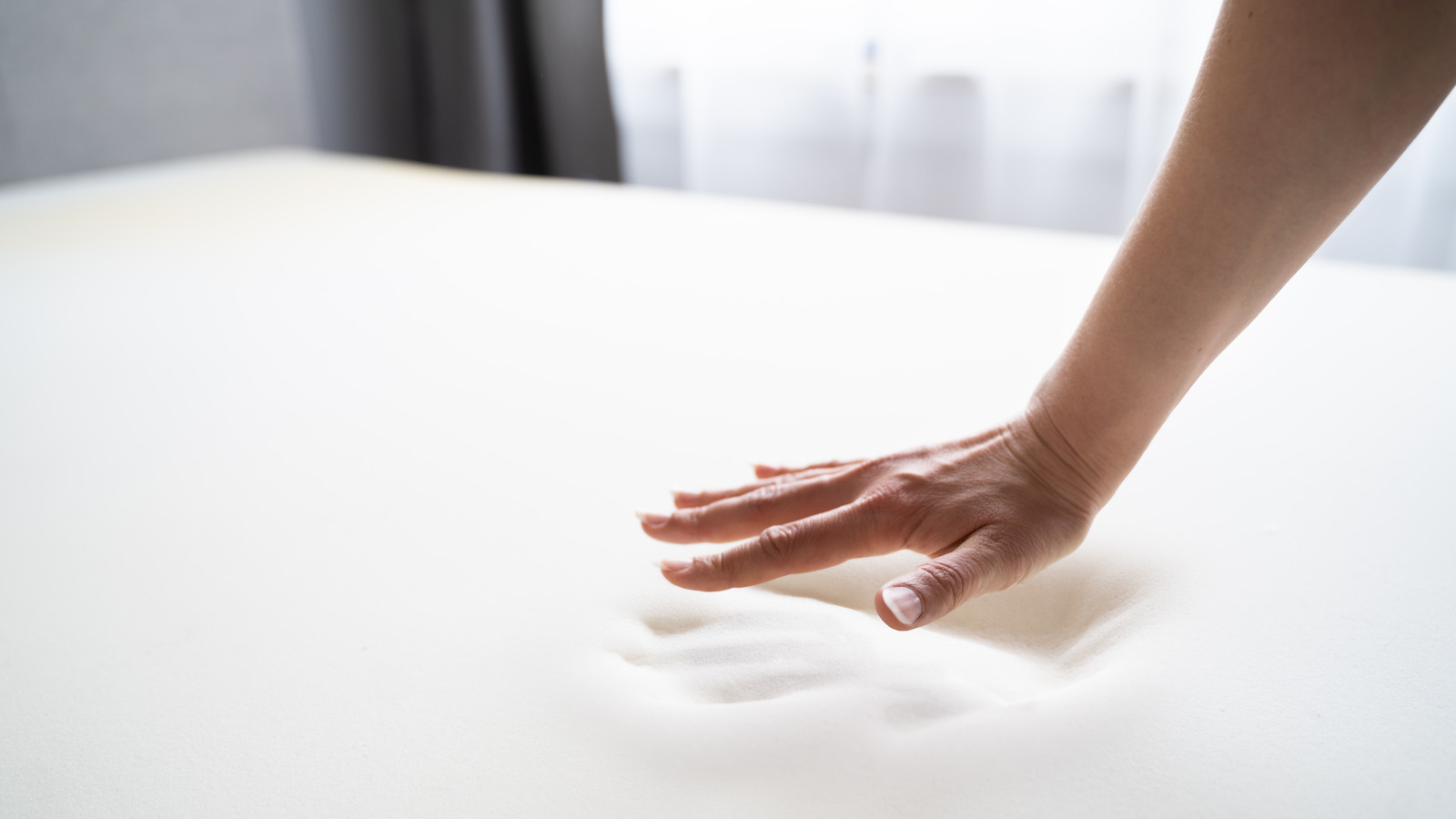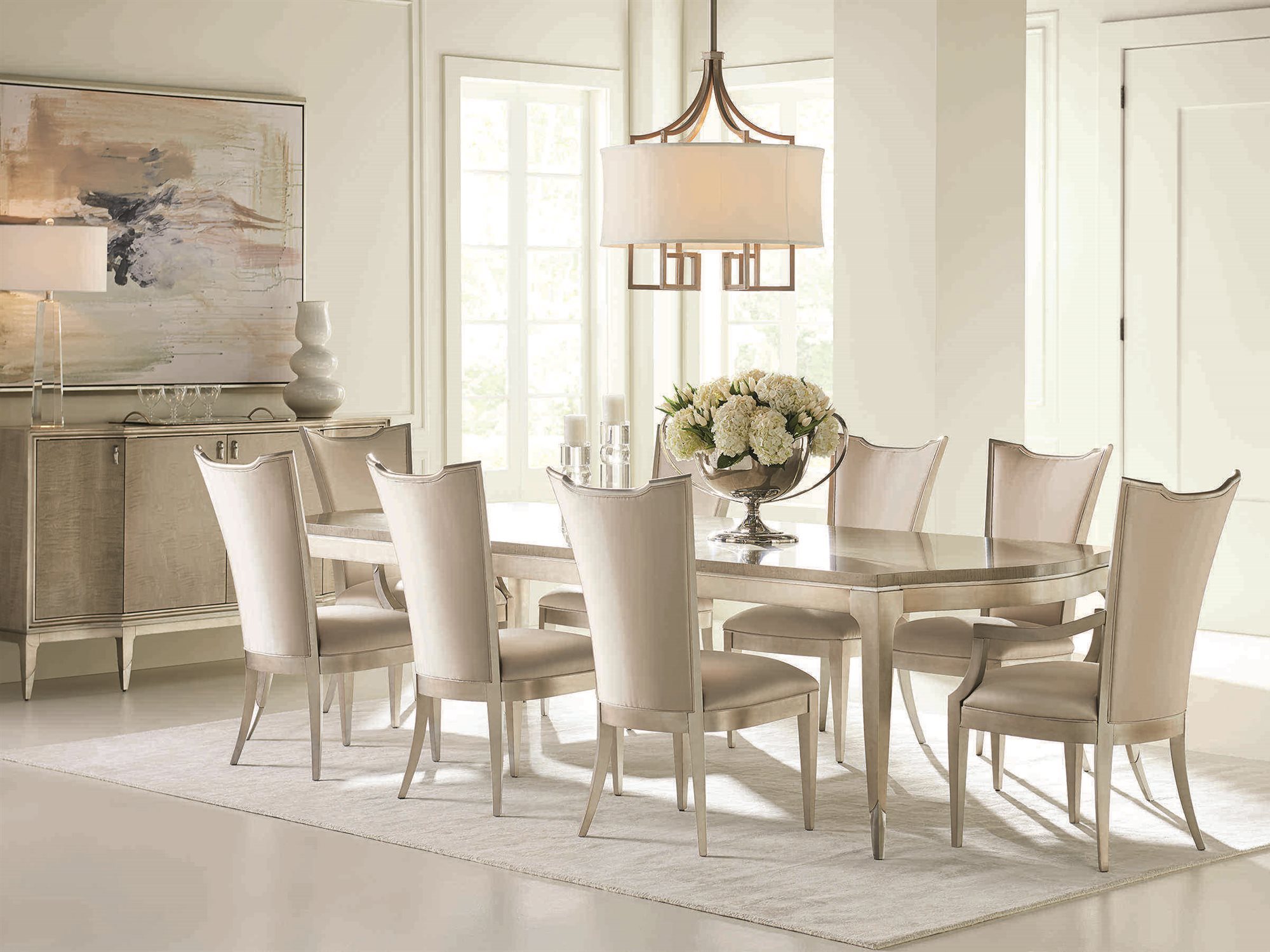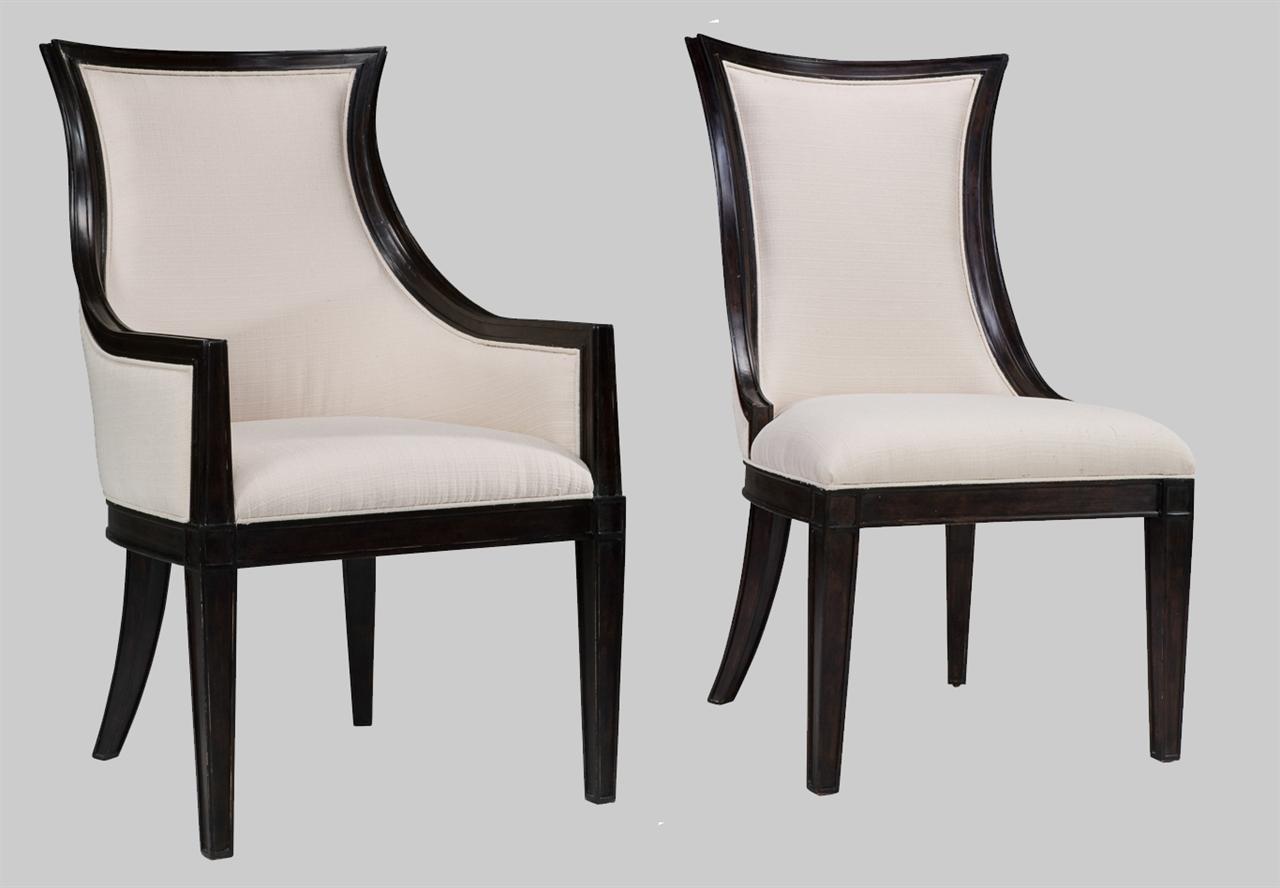Memory foam mattresses have become increasingly popular in recent years, thanks to their ability to conform to the body and provide superior comfort and support. But have you ever wondered how these mattresses are made? In this article, we'll take a deep dive into the construction of memory foam mattresses and explore the different techniques and materials used to create them.Memory Foam Mattress Construction Explained
The process of making a memory foam mattress starts with a polyurethane foam base. This foam is then infused with various chemicals, including polyol and diisocyanate, to create the viscoelastic foam that gives memory foam its unique properties. Next, the foam is poured into a mold and baked at high temperatures to create the signature memory foam texture. The foam is then cut and shaped into the desired size and thickness for the mattress.How Memory Foam Mattresses are Made
Most memory foam mattresses are constructed with multiple layers, each serving a specific purpose. The top layer is typically made of a softer, more breathable foam that provides comfort and pressure relief. The middle layer is made of denser foam that offers support and helps distribute body weight evenly. Finally, the base layer is the foundation of the mattress, providing overall stability and durability. The thickness and density of each layer can vary depending on the manufacturer and the type of memory foam used. Higher density foam tends to be more durable and supportive, while lower density foam provides a softer, more plush feel.Understanding the Layers of a Memory Foam Mattress
When shopping for a memory foam mattress, it's important to understand the construction techniques used by different brands. Some manufacturers use traditional memory foam, while others incorporate gel or plant-based materials into their foams. Traditional memory foam is made with petroleum-based chemicals, which can emit a chemical odor when first unpacked. Gel-infused memory foam is designed to provide a cooler sleeping experience, as the gel helps dissipate body heat. Plant-based memory foam is made with a portion of natural oils, making it a more eco-friendly option.Memory Foam Mattress Construction: What You Need to Know
The unique properties of memory foam are what make it so popular amongst sleepers. When weight is applied to the foam, it responds by molding to the body's shape and distributing weight evenly. This not only provides comfort but also helps relieve pressure points and reduce motion transfer. Memory foam also has the ability to rebound slowly, which is why it's often referred to as "viscoelastic" foam. This slow response allows the foam to adjust to the body's movements and provide continuous support throughout the night.The Science Behind Memory Foam Mattress Construction
With so many memory foam mattresses on the market, it can be overwhelming trying to choose the right one for your needs. The best way to narrow down your options is to consider your sleeping preferences and needs. If you tend to sleep hot, a gel-infused or plant-based memory foam mattress may be a better choice. If you suffer from back pain, a higher density foam may provide more support and alleviate discomfort. It's also important to consider the overall quality and reputation of the brand when making your decision.Choosing the Right Memory Foam Mattress Construction for Your Needs
As mentioned earlier, there are various techniques used in memory foam mattress construction. While traditional memory foam is still widely used, other options such as gel-infused and plant-based foams have gained popularity in recent years. When comparing different construction techniques, it's important to consider not only the materials used but also the overall quality and performance of the mattress.Comparing Different Memory Foam Mattress Construction Techniques
Memory foam mattresses offer numerous benefits, making them a popular choice amongst sleepers. The conforming nature of the foam helps provide pressure relief and support for the body, promoting proper spinal alignment and reducing pain and discomfort. Memory foam is also known for its ability to isolate motion, making it an excellent choice for couples or those who are easily disturbed by movement during the night.Exploring the Benefits of Memory Foam Mattress Construction
In addition to the foam itself, memory foam mattresses may also include other materials in their construction. These can include a variety of fabrics and fibers for the mattress cover, as well as additional layers of foam or padding for added comfort and support. It's important to pay attention to the materials used in the construction of a memory foam mattress, as some may be more hypoallergenic or eco-friendly than others.Common Materials Used in Memory Foam Mattress Construction
To ensure your memory foam mattress lasts as long as possible, it's important to properly care for it. This includes rotating the mattress every few months, using a mattress protector to prevent stains and spills, and spot cleaning any spills or accidents immediately. It's also important to follow the manufacturer's instructions for cleaning and maintaining your specific mattress, as different materials and construction techniques may require different care methods. In conclusion, the construction of a memory foam mattress is a complex process that involves various materials and techniques. By understanding how these mattresses are made and what to look for when shopping, you can make an informed decision and choose the perfect memory foam mattress for your needs. So go ahead and get that restful night's sleep you've been dreaming of! How to Care for Your Memory Foam Mattress: Tips for Maintaining its Construction
Memory foam mattresses have become increasingly popular in recent years, and for good reason. These mattresses are constructed using a special type of foam that conforms to the body's shape, providing support and comfort throughout the night. But what exactly goes into the construction of a memory foam mattress? Let's take a closer look at the process.
The Foam
 The main component of a memory foam mattress is, of course, the foam itself. This foam is made up of polyurethane, a synthetic polymer that is known for its durability and ability to retain its shape. The foam is then infused with various chemicals that give it its unique properties, such as the ability to conform to the body's shape.
The main component of a memory foam mattress is, of course, the foam itself. This foam is made up of polyurethane, a synthetic polymer that is known for its durability and ability to retain its shape. The foam is then infused with various chemicals that give it its unique properties, such as the ability to conform to the body's shape.
Memory Foam Layers
 A memory foam mattress typically consists of multiple layers of foam, each with a specific purpose. The top layer, also known as the comfort layer, is usually made of softer foam that provides immediate cushioning and pressure relief. The middle layer, or transition layer, is slightly firmer and helps distribute weight evenly across the mattress. The bottom layer, or support layer, is the thickest and most dense, providing the necessary support for the body.
A memory foam mattress typically consists of multiple layers of foam, each with a specific purpose. The top layer, also known as the comfort layer, is usually made of softer foam that provides immediate cushioning and pressure relief. The middle layer, or transition layer, is slightly firmer and helps distribute weight evenly across the mattress. The bottom layer, or support layer, is the thickest and most dense, providing the necessary support for the body.
Heat-Activated Technology
 One of the unique features of memory foam is its heat-activated technology. This means that the foam reacts to the body's heat, becoming softer and more pliable as it warms up. This allows the foam to contour to the body's shape and provide personalized support for each individual. As the foam cools down, it returns to its original shape, ready to mold to the body again the next night.
One of the unique features of memory foam is its heat-activated technology. This means that the foam reacts to the body's heat, becoming softer and more pliable as it warms up. This allows the foam to contour to the body's shape and provide personalized support for each individual. As the foam cools down, it returns to its original shape, ready to mold to the body again the next night.
Quality and Durability
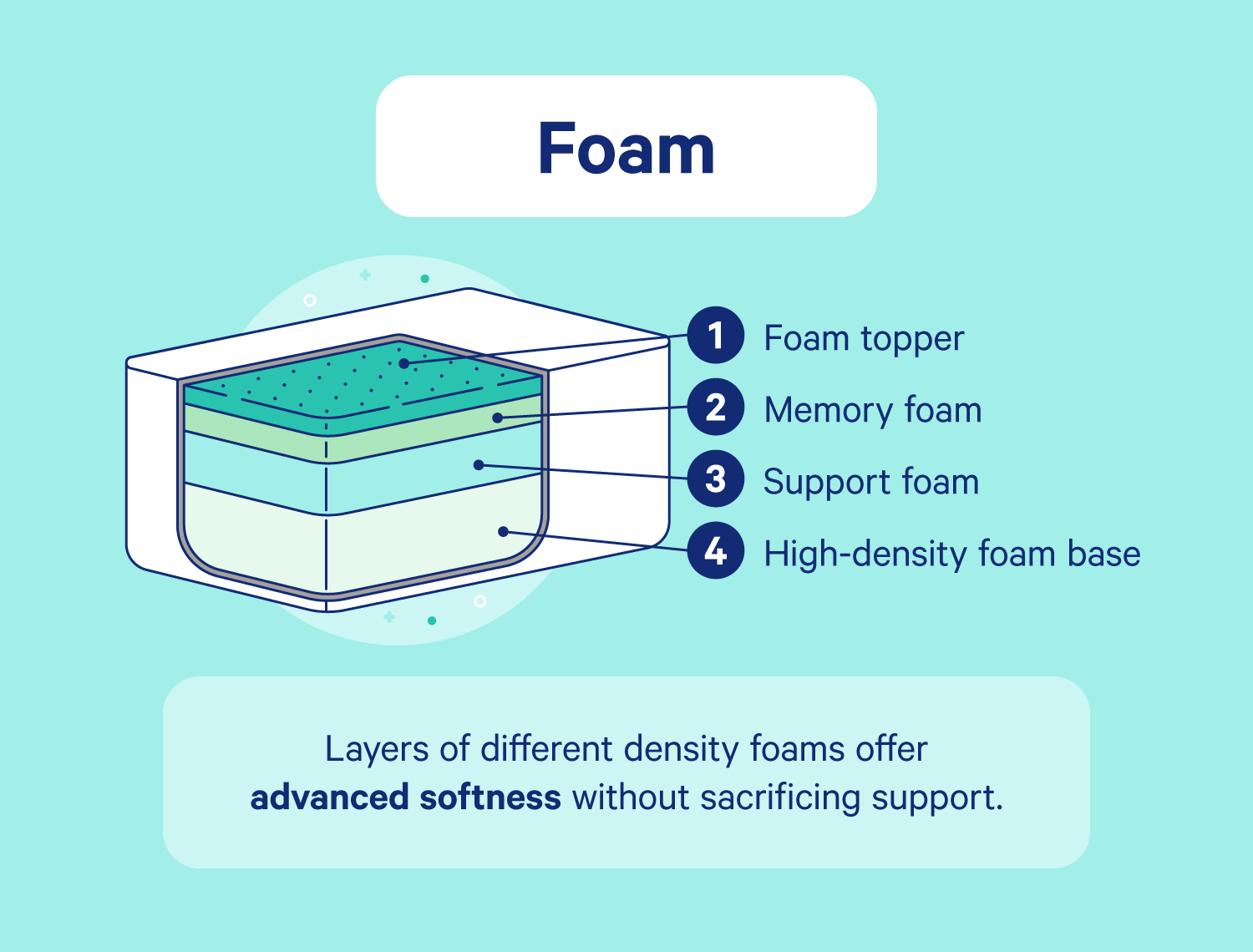 When it comes to the construction of memory foam mattresses, quality and durability are key. The foam used must be of high quality to ensure that it retains its shape and provides long-lasting support. The density of the foam also plays a role in its durability, with higher density foam being more resilient and supportive. This is why it's important to invest in a reputable brand when purchasing a memory foam mattress.
In conclusion, memory foam mattress construction involves a careful process of infusing polyurethane foam with specialized chemicals and layering it to create a comfortable and supportive sleeping surface. With its heat-activated technology and high-quality materials, memory foam mattresses offer a unique sleep experience that can improve overall sleep quality and comfort.
When it comes to the construction of memory foam mattresses, quality and durability are key. The foam used must be of high quality to ensure that it retains its shape and provides long-lasting support. The density of the foam also plays a role in its durability, with higher density foam being more resilient and supportive. This is why it's important to invest in a reputable brand when purchasing a memory foam mattress.
In conclusion, memory foam mattress construction involves a careful process of infusing polyurethane foam with specialized chemicals and layering it to create a comfortable and supportive sleeping surface. With its heat-activated technology and high-quality materials, memory foam mattresses offer a unique sleep experience that can improve overall sleep quality and comfort.

